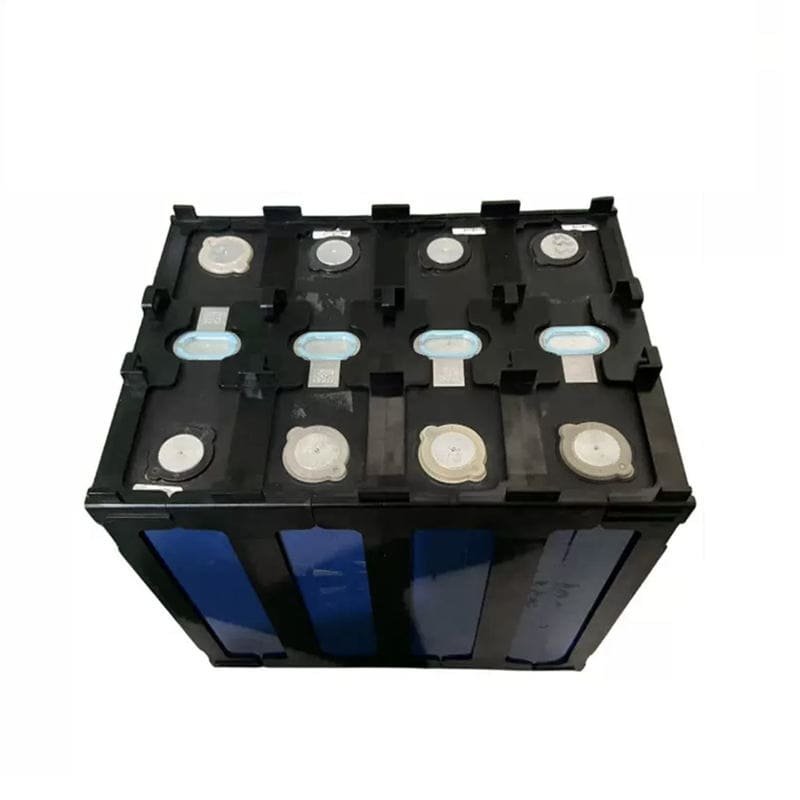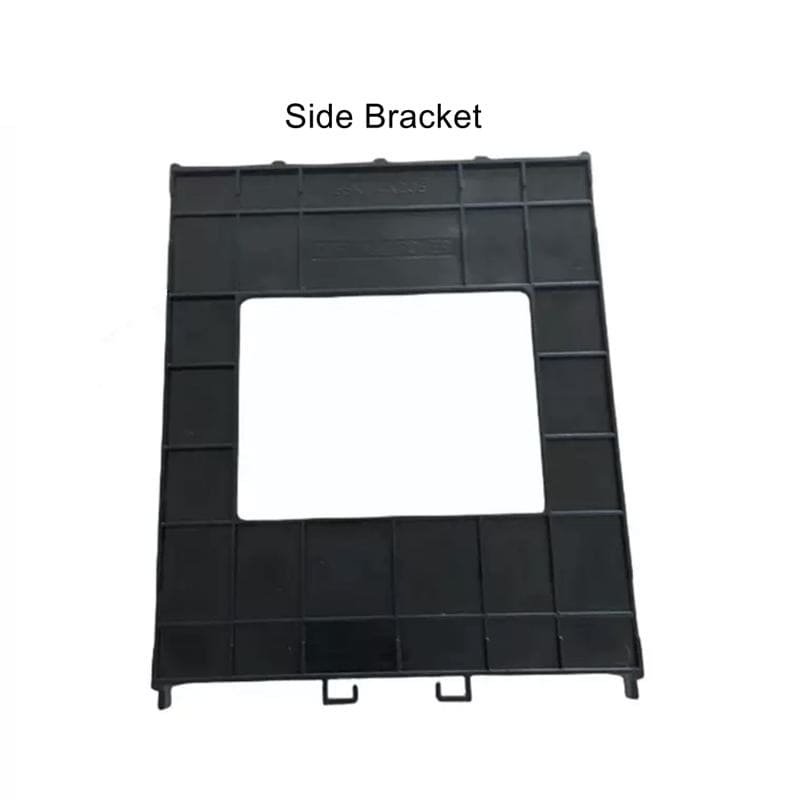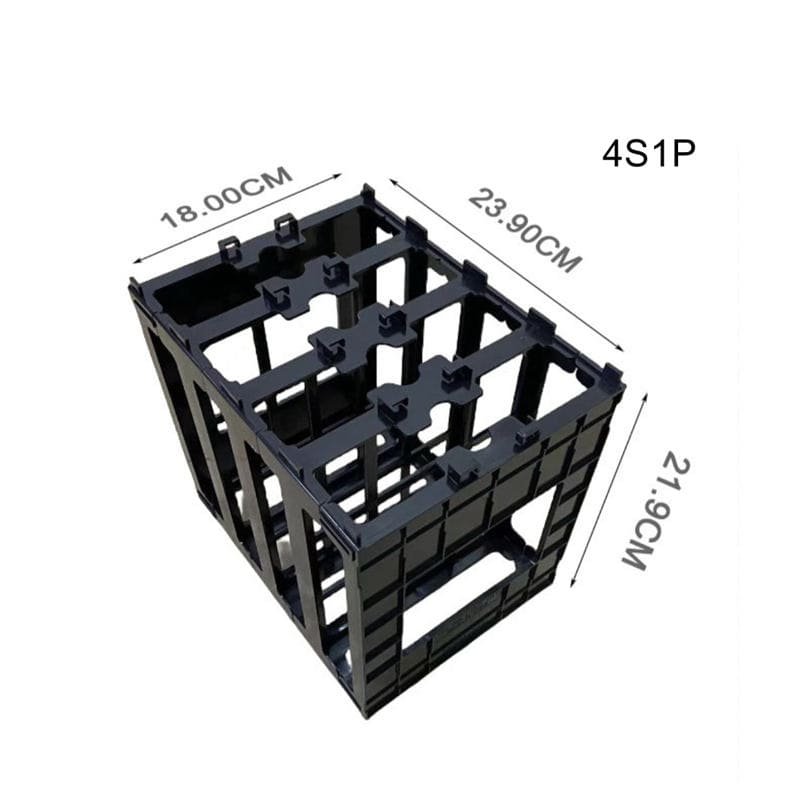EVE LF230 3.2v 230Ah LiFePO4 Battery Cell
- Home
- EVE LiFePO4 Battery Cells
- EVE LF230 3.2v 230Ah LiFePO4 Battery Cell
EVE LF230 3.2v 230Ah LiFePO4 Battery Cell
EVE LF230 3.2v 230Ah LiFePO4 battery is lithium prismatic cell. Brand new Grade A. Comply with MSDS, UN38.3, UL, CB, CE and other certificates. Automated production equipment, high battery consistency. Square aluminium shell structure, high precision explosion-proof valve design, good safety performance. Low internal resistance, stable discharge platform.
EVE LF230 3.2v 230Ah LiFePO4 Battery Cell Datasheet




Battery Model: LF230
Nominal Voltage: 3.2v
Rated Capacity: 230Ah
Rated Energy: 736Wh
ACR: ≤ 0.25mΩ
Weight: 4140±124g
Cyele Life: ≥4000
Storage Temperature: 0℃ ~ 35℃ (3 months)
Storage Temperature: -20℃ ~ 45℃ (1 months)
Charging Cut-off Voltage: 3.65v
Discharging Cut-off Voltage: 2.5v
Dimension: 207.2±0.5*173.9±0.5*53.85±0.5mm
Center Distance of Pole: 123.00 mm ± 0.30 mm
Standard Charge/Discharge Current: 0.5C/0.5C (25±2℃)
Maximum Continuous Charge/Discharge Current: 1C/1C
Charging Working Temperature: 0℃~65℃
Discharge Working Temperature: -35℃~65℃
Laser Welding Depth: ≤ 2.0 mm
Max Pressure Force on Poles: 700 N(Max force in longitudinal direction, no deformation)
Max Torque Force on Poles: 6 N·m(Max torsion, non-loosen)
Max Temperature Force on Poles: 130 ℃(The maximum temperature that the pole bears when the plastic pad will not deform.)
EVE LF230 3.2v 230Ah LiFePO4 Battery Cell Electrical Performance Graphs


EVE LF230 3.2v 230Ah LiFePO4 Battery Holder





EVE LF230 3.2v 230Ah LiFePO4 Battery Cell Compression Force Limit Parameters
Compression Force: 3 kN ~ 5 kN
Normal bearing maximum compression force: 7 kN
Internal defects: 9 kN
Leakage: 15 kN
It can be seen from the above data, that the compression force of the battery cell cannot exceed 9 kN, otherwise the battery cell
may be damaged.
EVE LF230 3.2v 230Ah LiFePO4 Battery Cell Transportation
The battery cells for shipping should be packed in boxes with the SOC of 30 % ~ 40 % SOC. The severe vibration, impact, extrusion, sun and rain should be prevented during shipping. Applicable methods of transportation include truck, train, ship, airplane, etc.
